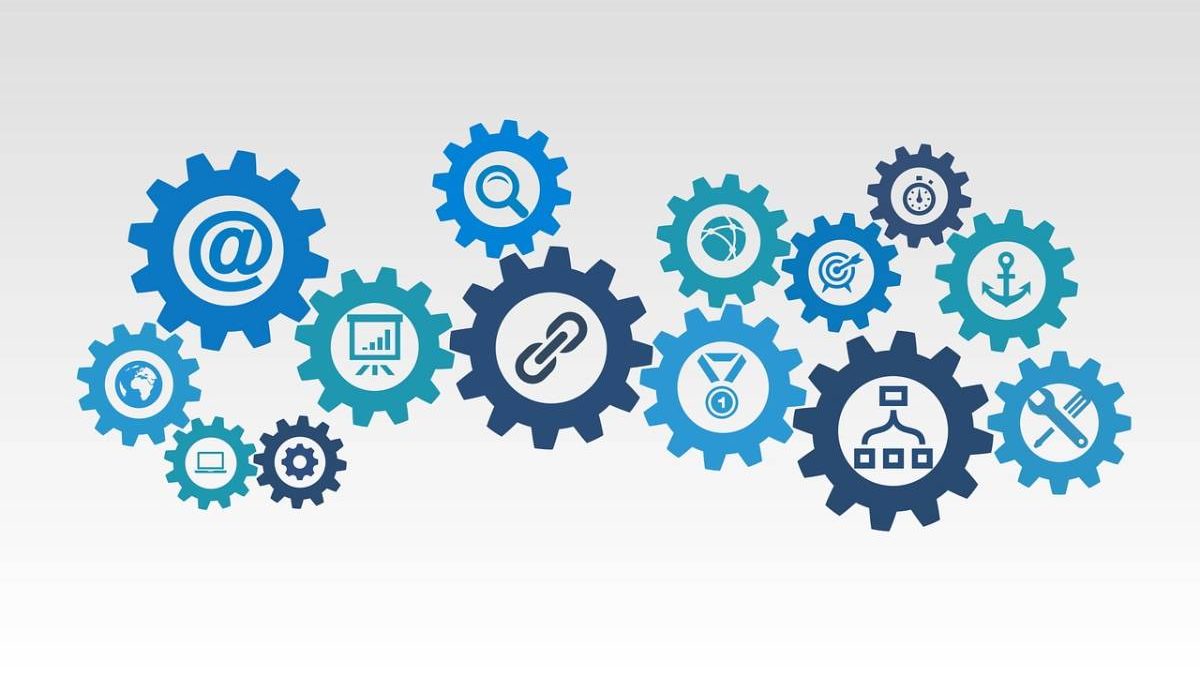10 Tricks to Optimizing Your Data Pipeline
Collecting and analyzing data has become a cornerstone of decision-making for businesses everywhere. A reliable data pipeline is essential to ensure that the data you collect is accurate and relevant. Here are a few tricks and tools for data pipeline optimization:
Table of Contents
1. Automate Wherever Possible
Automating your data pipeline can save you time, money, and effort. Automation can reduce the number of tasks performed manually, freeing up resources for higher-level analysis. It also eliminates potential sources of human error, allowing you to get reliable results more quickly. Look for opportunities to automate processes within your data pipelines, such as data integration, ETL processes, and data cleaning.
2. Leverage Cloud Computing Resources
Cloud computing is quickly becoming an essential tool for businesses of all sizes. By leveraging cloud computing services like Amazon Web Services (AWS) or Microsoft Azure, you can scale your data pipeline to meet changing needs without investing in additional hardware or software. This can save you time and money, as well as provide you with the flexibility to adjust your data pipeline as needed.
3. Utilize Data Aggregation Tools
Data aggregation tools can help you quickly gather data from multiple sources and store it in a centralized location for easy access. These tools reduce the amount of manual labor required and can help you quickly identify patterns and trends in the data. It’s important to select tools for data pipeline that are tailored to your specific needs so that you can get the most out of your data aggregation process.
4. Keep Your Data Clean
Having clean data is essential for any analysis. Data cleaning involves removing any errors or inconsistencies in the data before it is used for analysis. It can help ensure that you draw accurate conclusions from your data and avoid costly mistakes. Cleaning your data should be done regularly, as even small changes can greatly impact the accuracy of your results.
5. Monitor Your Data Quality
Keeping track of the quality of your data is essential for any successful data pipeline. Monitoring the quality of your data can help you identify issues quickly and take corrective action before they become significant problems. You should be on the lookout for any changes in performance or accuracy and potential sources of bias that could affect your results.
6. Use Data Visualization
Data visualization can help you quickly identify patterns in your data and draw meaningful conclusions from it. Visualizing your data in charts, graphs, and other interactive visuals can make it easier to understand complex datasets and identify features that may otherwise go unnoticed. Utilizing data visualization tools can also improve collaboration among team members as they explore the data together.
7. Set Up Data Security Protocols
Data security should be a top priority when it comes to your tools for data pipelines. Establishing secure protocols like encryption and access control can help protect your data from malicious acts and accidental exposure or misuse. You should also consider setting up a policy for how the data is used, stored, and accessed to ensure it remains secure.
8. Monitor Performance
Monitoring your data pipeline’s performance is essential to ensure that it runs smoothly and efficiently. Performance monitoring can help you identify potential problems before they become major issues and provide insights into how you can improve your data pipeline. You should look for outages, delays, or other performance issues in your data pipelines and take steps to rectify them if needed.
9. Adapt To Change
Data pipelines must be flexible enough to respond quickly to changes in the data or other variables. These changes could include responding to new data sources, changing regulations, or market shifts that necessitate modifications to your data pipeline. The key is to ensure that your data pipeline can adapt quickly and efficiently so that you can continue delivering accurate results.
10. Continually Optimize
Data pipelines can always be improved and optimized for greater efficiency. You should periodically review your pipeline to identify areas of improvement, such as streamlining data collection processes or improving data quality checks. By continually optimizing your data pipeline, you can ensure that it is consistently delivering the best results possible.
Final Thoughts
By following these best practices, you can ensure that your data pipeline runs smoothly and efficiently. Automating processes, leveraging cloud resources, utilizing data aggregation tools, keeping your data clean, monitoring the quality of your data, data visualization, setting up security protocols, and monitoring performance will help you maximize your pipeline’s effectiveness. Finally, remember to stay flexible and be prepared to adapt quickly to changing conditions to ensure that your data pipelines remain up-to-date and deliver accurate results.

